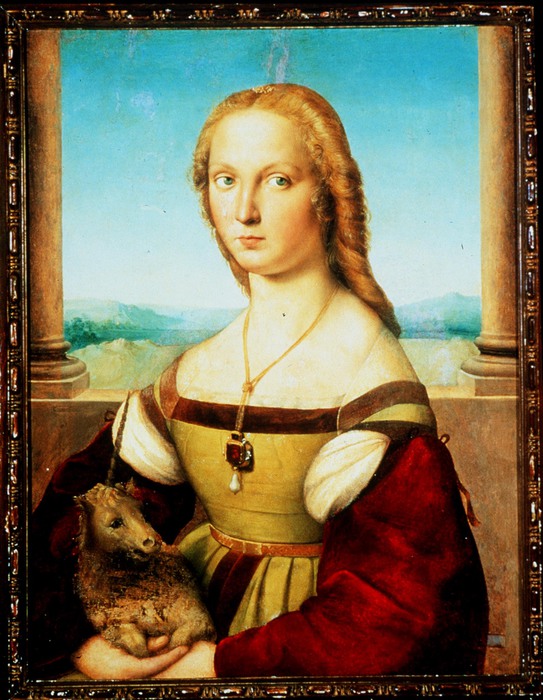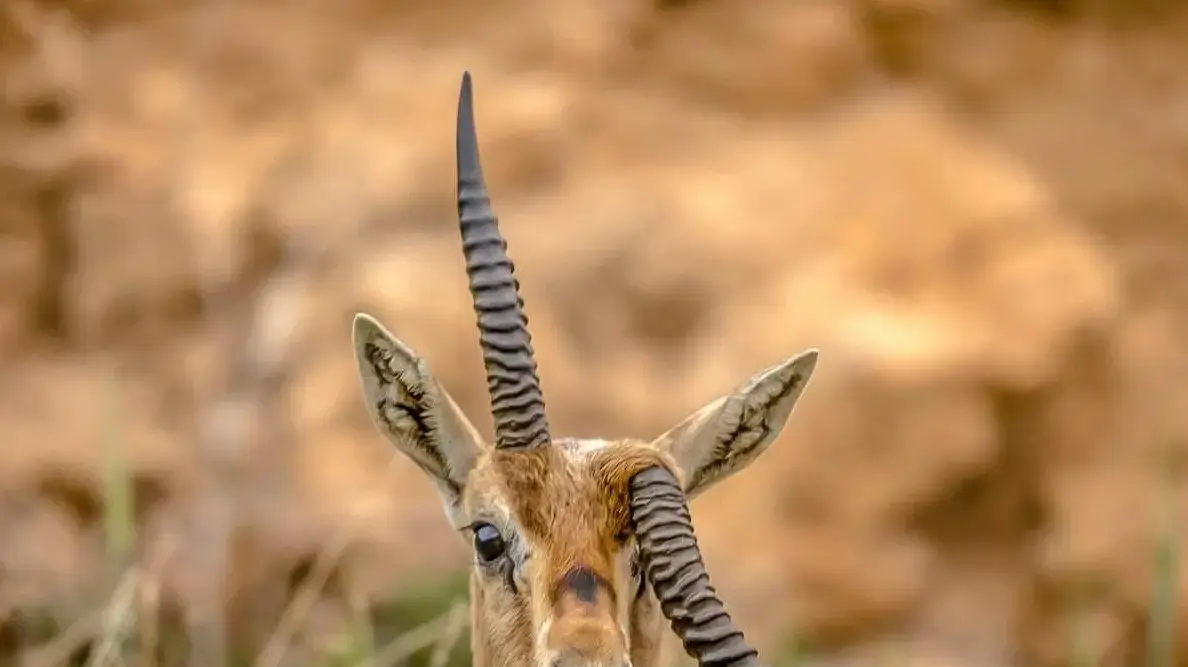1 of 10
|
These are some of the striking photographs of Chris Fallows.
Taken in June 2001, "Air Jaws" is considered the image that really launched Chris Fallows' career as a nature photographer.
Captured on Seal Island off the coast of Cape Town, known for its abundance of Cape seals, Fallows claims this is the best surface image of a great white shark he has ever photographed.
Credit: Chris Fallows
2 of 10
| Fallows captured this image, which he calls "The Final Act," in 2016. Sadly, he says, the image is one of the last surface trips seen on Seal Island. Since then, the great whites have largely disappeared from the waters around Cape Town. "(The image) symbolizes an iconic species doing something that we no longer see, and it's really a very important message to people out there that we have to take care of these animals wherever they are," says Fallows. Credit: Chris Fallows
3 of 10
|
Fallows is best known for the work he has done with marine fauna, especially the great white shark, with which he claims to have spent more than 3,000 days.
This image, known as "The Pearl", went viral after its publication last year, "showing the athleticism of the incredible great white shark in all its predatory glory," Fallows writes on his website.
Credit: Chris Fallows
4 of 10
|
He also spends more than 100 days a year in other parts of Africa capturing images of iconic species ... and the most magnificent of their kind, like this striking photograph of some of Africa's remaining giant elephants, "walking proudly across a arid landscape ", taken in 2019. Credits: Chris Fallows
5 of 10
|
As a wildlife art photographer, Fallows aims to create truly exceptional works that celebrate the most iconic wildlife subjects on the planet.
This image titled "Matriarch" was photographed in 2018, and is "a stoic incarnation of a magnificent female tusker leading her pack," he says.
Credits: Chris Fallows
6 of 10
|
Fallows uses innovative techniques and a lifetime of knowing his subjects, allowing him to respectfully and intimately approach lions, elephants, and great white sharks, among others.
He says that it is not only about capturing images that represent the essence of each specific subject, but also that the work has a meaning that tells a story.
Credits: Chris Fallows
7 of 10
| This image, titled "The Inquisition," was captured in the Central Kalahari, Botswana, in 2010. "The time I spend with these creatures makes me feel like I've walked with Olympians, been with royalty, and involved with proud leaders. and warriors, "says Fallows," not of the human kind, but of fin, feather, and skin. " Credits: Chris Fallows
8 of 10
| This intimacy with their subjects offers Fallows the opportunity to capture artistic photographs in a way few have had the opportunity to do. "I do not consider swimming unprotected next to the Great White or walking near the lion to be a threat, but rather wonderful experiences with predators who would rather hunt normal prey than me," he adds. Credits: Chris Fallows
9 of 10
| "Leviathan" is a photograph taken in 2020 and is "the embodiment of the ocean and the great fin of the whale," says Fallows. "With perfect symmetry, cascading water and a changing ocean and sky, it's the closest I've come in over 30 years to trying to capture the perfect symbol of the sea." You took this image with a Canon R5, using a shutter speed of 1/1000 of a second. Credits: Chris Fallows
10 of 10
| Last year, Fallows launched his collection entitled "The 11th Hour", in which he reviews many of his best-known photographs and, unfortunately, in some cases reflect subjects that are no longer alive. Eleven of the 12 works are in black and white, and this last one, "The fig and the elephant," is in color, "which represents the eleventh hour, the hour of hope," he says. "It is the embodiment of two icons that still exist on our planet and that we can still save." Credits: Chris Fallows
(CNN) -
For many people, getting the chance to get up close and personal with some of the world's most iconic wildlife in their natural environment is high on their bucket list. If you're lucky and your hands aren't shaking right then, you might even be able to capture the perfect photo and a memory of your vacation for a lifetime.
Chris Fallows, a world-famous South African photographer, knows how exhilarating this kind of experience can be. He has lived it over and over again.
Fans of "Week of the Shark" have probably seen Fallows' work; he was the first to catch a great white shark breaking the waters near Seal Island, off the coast of Cape Town, in 1996. His extensive work has since appeared in more than 60 international documentaries and more than 500 publications. For Fallows, however, taking a photo is about more than just capturing a great image. It's about telling a unique story and sharing a passion with the world.
Taken in June 2001, "Air Jaws" is considered the image that really launched Chris Fallows' career as a nature photographer.
Captured on Seal Island off the coast of Cape Town, known for its abundance of Cape seals, Fallows claims this is the best surface image of a great white shark he has ever photographed.
Credit: Chris Fallows
Sharks have evolved over millions of years as top predators, but they are no match for humans
As a dedicated shark conservationist, he and his wife educate people about this often misunderstood predator.
But his efforts don't stop there: Fallows fights for all wildlife and hopes that through his lens, he can create awareness and bring about change for many animals that Fallows says he has seen disappear in what amounts to a " evolutionary flicker ".
CNN caught up with Fallows to find out more about his work and mission.
This interview has been edited and condensed for clarity.
CNN: How and when did you get started in wildlife photography?
advertising
Chris Fallows:
I was exposed to wildlife from a very young age.
Through that exposure, I became incredibly passionate about these animals.
I was very fortunate to be able to discover some pretty unique behaviors on Seal Island and False Bay, and that was the flying great white shark thing.
Certainly, I saw a great niche and a great opportunity for me as a photographer, and I began to try to capture the behavior of this incredibly athletic great white shark, which opened doors unprecedented in the world.
Photographer Chris Fallows has been capturing images of iconic wildlife for almost 30 years.
Courtesy of Chris Fallows
CNN: What are some of the challenges, myths, and misconceptions about wildlife photography?
Fallows:
Wildlife photography is an incredibly glamorous and rewarding occupation. However, it also involves a tremendous amount of hard work. The deeper you go into the study of the subjects, the more you connect with them, the more you bond emotionally.
Every year for the last five years, I have camped with my wife Monique and members of one of Kenya's Maasai tribes, where we lived with the Maasai embracing their culture and then went out with them to meet and photograph the last of the 30 greats. "tuskers" [African elephants whose tusks grow so large they can touch the ground] that remain in Africa today.
This is just one example of the incredible stories that add extra dimension to the photographs I capture, using innovative techniques and a lifetime of knowing subjects that allow me to respectfully and intimately approach lions, elephants, and great white sharks, to name a few. .
Giraffes have been misunderstood and are just as socially complex as elephants, study finds
And I suppose one of the biggest challenges is balancing the attempt to get photographs and, at the same time, remaining without emotional attachment.
So while still thinking about the importance of what you do, you are exposing these animals for people around the world to see, appreciate, and hopefully become ambassadors for the future of conservation.
CNN: What advice can you share with nature photographers and photographers in general?
Fallows:
My advice to any young person starting out in photography is that the most important thing is that you follow your passion, be it photographing flowers, insects, snakes or sharks, and that you focus on what you are most passionate about, because passion It's what drives you every morning, what makes you wake up and want to be there.
And then really, follow your heart, follow the course that you have chosen, and success will usually come with that.
I really believe that as photographers, those of us who photograph wildlife, we have a very important duty, and that is to show these animals not only for their beauty but also for the threat they face.
It is truly a privilege to be out there on the field.
Fallows photographing sharks underwater.
Courtesy of Chris Fallows
NASA technology can help save whale sharks, the world's largest fish
CNN: What's in the future for you?
Fallows:
Well, it's been a long journey for me as a wildlife photographer spanning almost 30 years, since that initial discovery of those sharks.
The journey has brought me to a point where I really want to give something back.
So, with the proceeds from our artwork, my wife and I want to buy large tracts of land in southern Africa to rehabilitate and reintroduce into nature, as our legacy to hopefully leave a better planet than we came from. to the.
For us it has been a journey to a point where we hope that, in the end, our works of art that are on people's walls and in offices and exhibitions around the world will be, above all, a way of giving back. something to the very animals that gave us the privilege of seeing them in the first place.
Wild animals










/cloudfront-eu-central-1.images.arcpublishing.com/prisa/KMEYMJKESBAZBE4MRBAM4TGHIQ.jpg)



